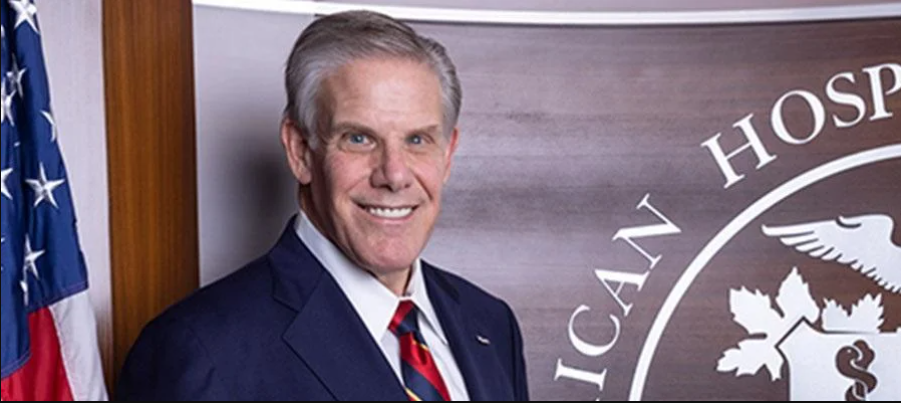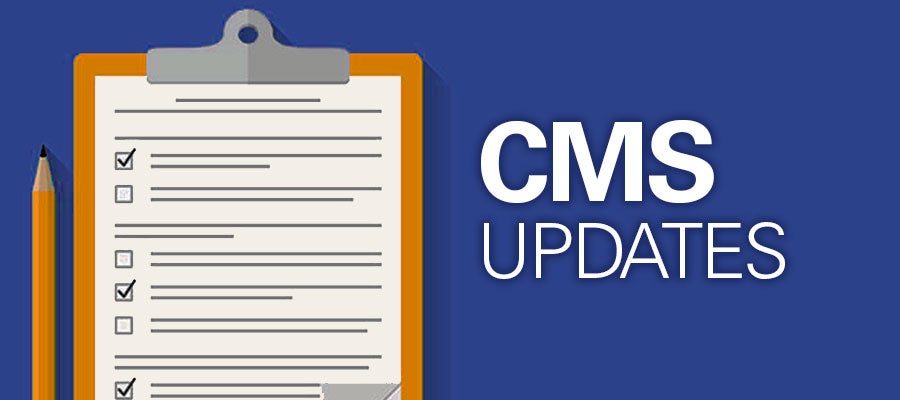Kaufman Hall recently held a virtual health care leadership conference in which Wright Lassiter III, president and CEO of Henry Ford Health System, Eugene Woods, president and CEO of Atrium Health System, and Kendra Smith, managing director, Moody’s Public Finance Group, discussed the key role hospitals and health systems can play in addressing social determinants of health, improving health outcomes for communities of color and fostering conversations to help individuals better understand diverse points of view.









